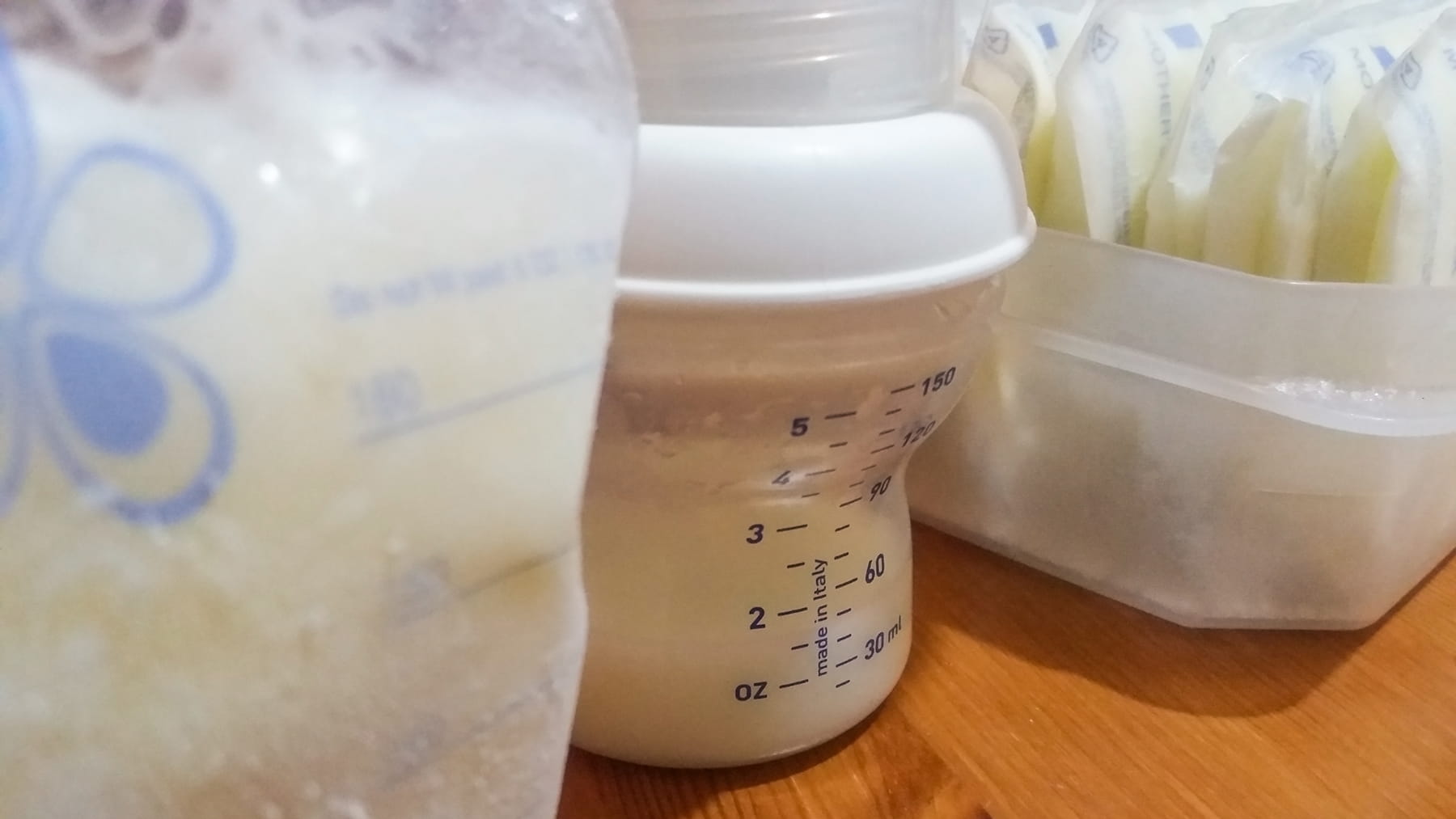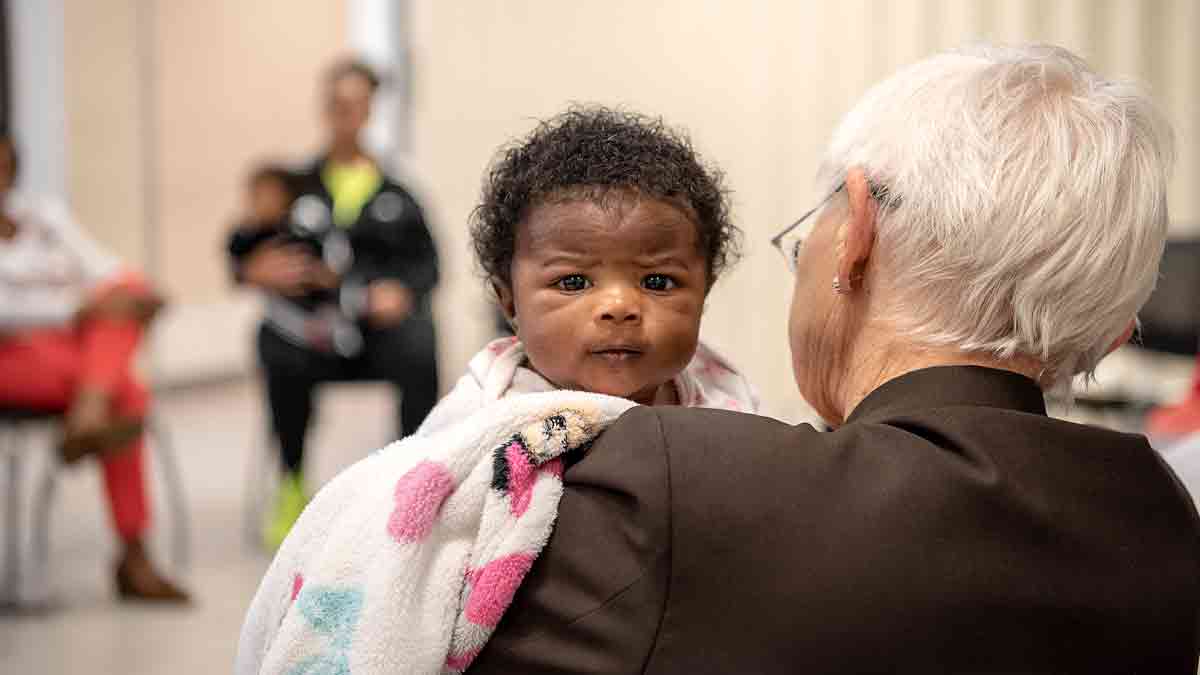What’s the best way to store breast milk?

The best-case scenario for breast milk usage is straight from the breast to the nursing child. But for those expressing and handling breast milk, there are some dos and don’ts to consider to make sure breast milk remains healthful and safe for babies.
As a lactation consultant, I’m often asked about this subject. The CDC offers general guidelines for storing human milk at different temperatures, which I use as my go-to resource for new parents.
Here are several tips for making the best use of your breast milk.
What to do before expressing and handling breast milk
- Wash your hands with soap and water, or alcohol-based hand sanitizer if soap and water aren’t around.
- If using a manual or electric pump, inspect it for cleanliness and mold. Throw away moldy tubing immediately.
How to store breast milk after expressing
- Store expressed breast milk in milk storage bags or clean, food-grade containers with tight-fitting lids made of glass or plastic.
- Avoid bottles with the recycle symbol No. 7, which indicates that the container may be made of a BPA-containing plastic.
- Don’t wash and reuse breastmilk storage bags, as they're meant to be used one time. Never store breast milk in plastic bags that aren’t intended for storing breast milk.
- Clearly label breast milk with the date it was expressed. Some people like to add the time of day it was expressed because they like to match the time of feedings with the time it was expressed.
- Store expressed milk in the refrigerator if you plan to use it within four days. Otherwise, store it in the freezer. Leave about an inch of space at the top of the container, because breast milk expands as it freezes. Store milk in the back of the freezer where it’s the coldest, not in the door where it can be subjected to temperature changes.
- Freeze breast milk in small amounts of 2 to 4 ounces (or the amount that will be offered at one feeding) to avoid wasting breast milk that might not be finished. Lay plastic storage bags flat when storing, and once they freeze you can stack them vertically in a rectangular plastic container. Put newest milk in the back of the freezer, kind of like they do with milk and bread at the grocery store.
How long can freshly expressed milk be stored?
- At room temperature (77°F or colder) for up to four hours
- In the refrigerator for up to four days
- In the freezer for about six months is best; up to 12 months is acceptable
- Breast milk can be stored in an insulated cooler bag with frozen ice packs for up to 24 hours when you’re traveling. Once you arrive at your destination, milk should be used right away, stored in the refrigerator or frozen.
If you’ll be delivering breast milk to a childcare provider, clearly label the container with the child’s name and talk to the provider about other requirements they might have for labeling and storing breast milk.
How to safely unthaw breast milk
Breast milk doesn’t need to be warmed. It can be served room temperature or cold. Here are methods for unthawing expressed breast milk:
- In the refrigerator overnight
- Set in a container of lukewarm water
- Under lukewarm running water
- Never thaw or heat breast milk in a microwave. Microwaving can destroy nutrients in breast milk and create hot spots, which can burn a baby’s mouth.
- Use breast milk within 24 hours of thawing in the refrigerator. This means from the time it’s no longer frozen or completely thawed, not from the time when you took it out of the freezer.Once breast milk is brought to room temperature or warmed after storing in the refrigerator or freezer, it should be used within two hours.
- Never refreeze breast milk once it’s been thawed. Don't add freshly expressed breast milk to frozen milk either.
How to feed expressed breast milk
- Test the temperature of the breast milk before feeding it to your baby by putting a few drops on your wrist. It should feel warm, not hot.
- Swirl the breast milk to mix the fat, which may have separated.
- If your baby didn’t finish the bottle, the leftover breast milk can still be used within two hours after the baby is finished feeding. After two hours, leftover breast milk should be discarded because bacteria can live and grow.
Clean up and start all over again.
Kathryn Krull is a board-certified lactation consultant at The Ohio State University Wexner Medical Center.




